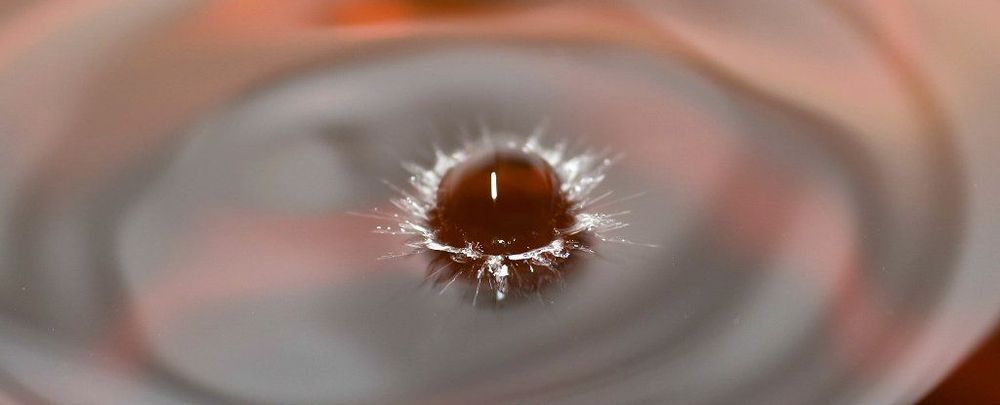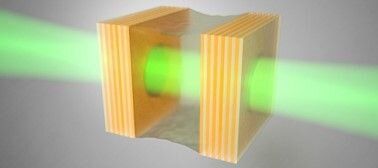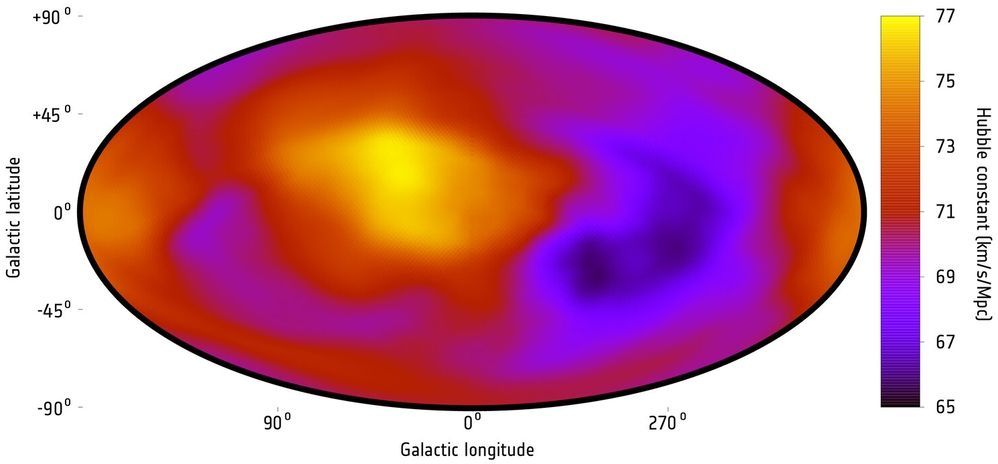Apr 18, 2020
Achieving the Impossible: Physicists Create a Fluid with NEGATIVE MASS
Posted by Quinn Sena in category: physics
In an act that defies physics as we know, Washington State University physicists have just created a fluid with negative mass. Apply pressure to the liquid and instead of accelerating in the direction it was pushed (like every other physical object in the world), it accelerates backward. Michael Forbes, a WSU assistant professor of physics and astronomy, believes the phenomenon can be used to explore some of the more challenging concepts of the cosmos.
“Hypothetically, matter can have negative mass in the same sense that an electric charge can be either negative or positive,” the University’s website notes. “People rarely think in these terms, and our everyday world sees only the positive aspects of Isaac Newton’s Second Law of Motion, in which the force is equal to the mass of an object times its acceleration, or F=ma.”
This explains why mass will typically accelerate in the direction of the force that is pushing it.

















